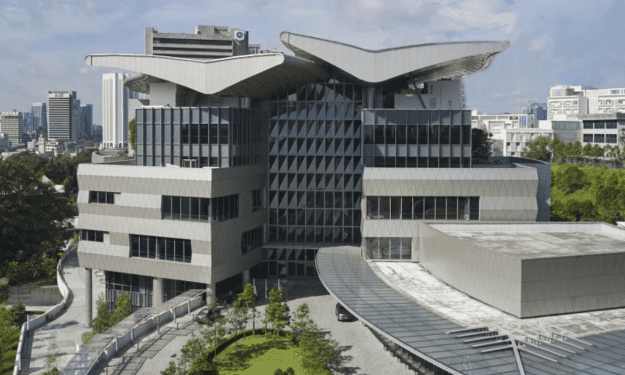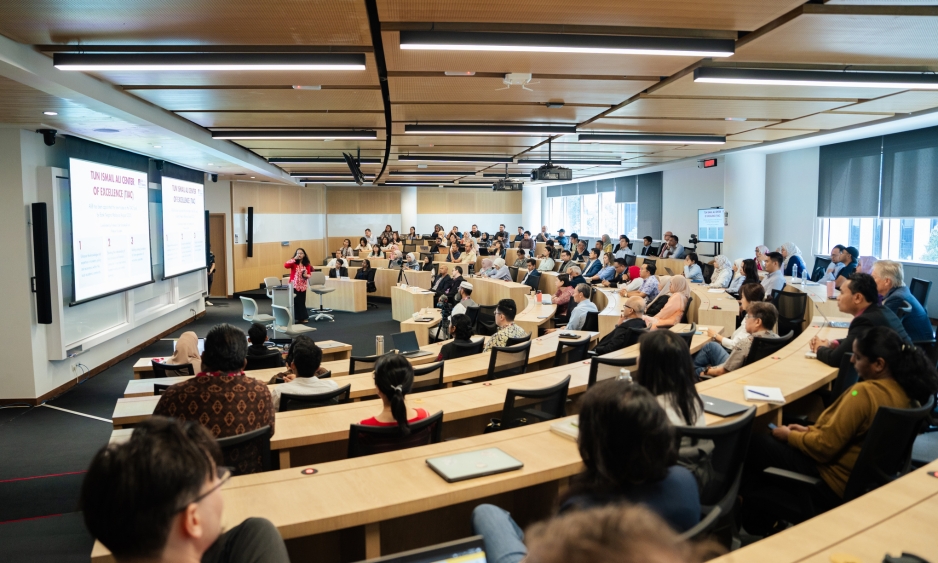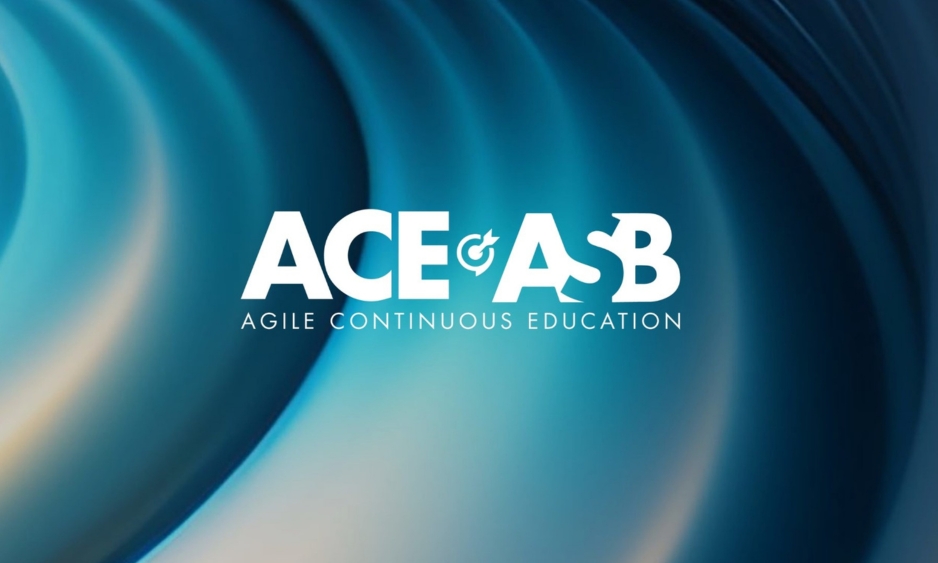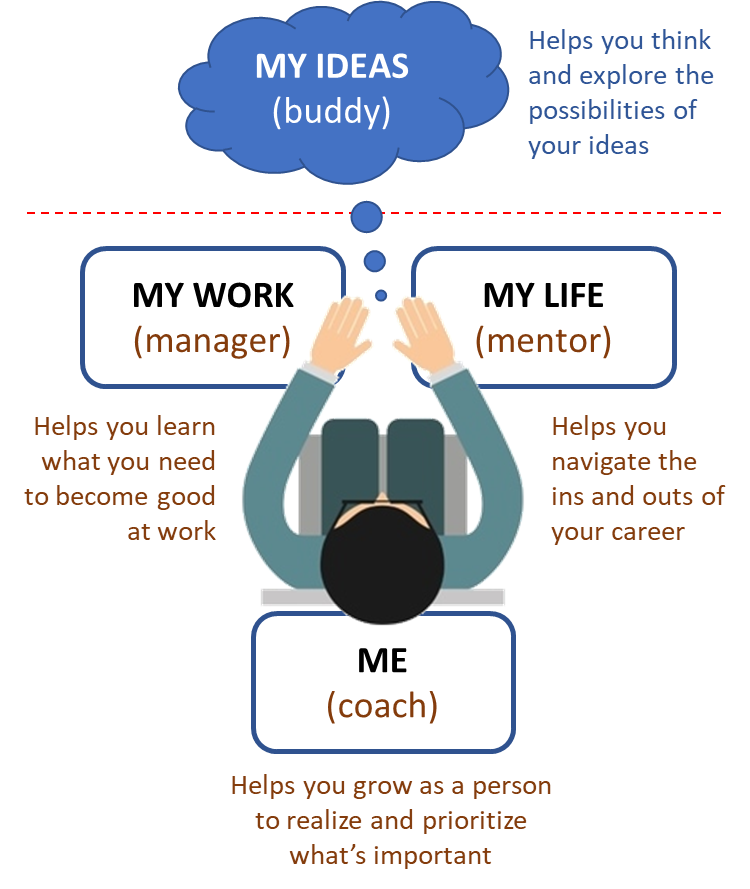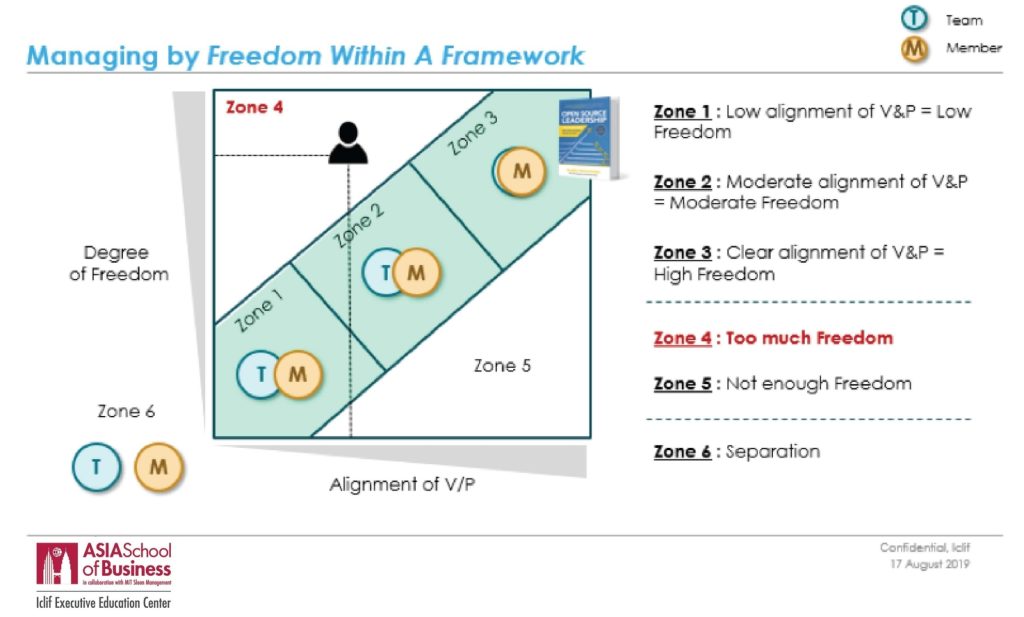Is it always a good thing for people in the organisation to be like a family?
“I don’t want us to be like family anymore at work. Rather, I want everyone to feel we are a professional football team.” Declared the newly appointed CEO of a large Asian conglomerate during their first Town Hall meeting. I was sitting in the room as an observing coach. The room went quiet. The organisation was a 100-year-old Chinese descendant company, whose traditions were rich with relationship and togetherness.
Yet, here was the leader of their pack, challenging that very notion. “The problem with being a family is that we are obligated to carry others. If you have a brother who fails to get his act together, or if you have a fellow worker who is not minding his responsibilities, you have to take care of him no matter what. Even if it means repeatedly covering for his absence and doing his work for him. Because he is family”
The room was now in total silence. More than a few heads were nodding involuntarily. “In a professional sports team, every function in the organization has its responsibility. The club manages sales, marketing, and other corporate affairs. The manager makes plans to draw out the team’s potential. And the players give their best to execute and deliver the results – to compete successfully with competition.”
“Let me make one thing clear today. Under my leadership, those who don’t fulfil their obligations will be leaving; much like players who are transferred out of the team at the end of season.” “We need to take care of business; not just each other.” He concluded crisply. While many people may think that the CEO’s message was rather stern and cold – and I don’t personally agree with his standing – he did raise an interesting point for further thoughts: Is being ‘a family’ always a good thing at work?
Dr. Laurie Kramer, a researcher at the University of Illinois, set up a campaign in 2008 called ‘More Fun with Sisters and Brothers’ to teach children how to make their life with siblings more fun and happy. For example, the program taught activities they could all enjoy together, how to resolve conflicts in a way that benefits everyone, techniques to control emotions and persuade others. Unsurprisingly, the course had parents with more than one child, like myself, queuing up in hope to enroll their kids.
Non-parents or parents of a single child may wonder why such intervention is even necessary. After all, siblings are naturally best friends to each other, aren’t they? Please excuse our collective laughter; as we know from personal experience that the logic of nature rarely works that way. Over the decade, my wife and I have lost counts how many occasions we suffered through the kids fighting each other. Sometimes we couldn’t help but wonder whether they might get along better with friends than they do their own brother/sister.
Dr. Kramer discussed an interesting hypothesis in her study – which was captured in the book titled Nurtureshock: Why Everything We Thought About Children is Wrong by Po Bronson and Ashley Merryman (2009, Ebury Press). The reason siblings fight with each other more than with friends is because, deep down the kids know that family is a ‘given’. This means no matter how badly they treat each other, they will always be brother and sister. “This explains why siblings don’t have to worry about courtesy or self-control and can just go all out. An entirely different scenario from friends which pose a worry that they may be refused from association” said the American researcher.
Another research, this one by Dr. Ganie Dehart of State University of New York (SUNY), found that children play pranks on and fight with their siblings 7 times more than with friends! In July 2017, a Director was caught embezzling more than 1 million dollars from a not-for-profit organization. He used it to buy personal items like 6 cars, house loans, utilities, contractors, and even groceries.
Intriguing, however, was the fact that his secretary logged these expenses for over 5 years but never said a word. When she finally came forward she said, “He was like a family to us. Nobody thought he could do such a thing.” After looking at these studies, I couldn’t help but reminisce on what the CEO said that afternoon.
“I don’t want us working like family because with family, you have to carry each other unconditionally. However, business does not work that way. You have to pull your weight, or be left behind.”
We may not agree 100% with his thinking. But perhaps it renders a chance to reflect on ours?
Leadership Insights
- Family may not be the final answer I often heard members spoke of their organizational culture as “We Are A family”. However, one couldn’t help but wonder whether an organization operating like a family completely works. Is it possible that sometimes ‘feeling at home’ may render your employee sloppy from proper conduct in society? Could it give them a false sense of security? After all, home is where you can just throw your used socks in the corner, leave your dishes in the sink, or even stay in your pajamas all day playing video games. Sometimes our house is the sanctum where one doesn’t have to be mindful of others. Do we really want our organization to be a place like that?
- Mind the net balance of your family. Despite the research, many of us still feel that working amongst family is a great thing. “I grew up with my siblings and I think it’s great. We had fights and all, sure, but we still love each other.” But researchers point out that to feel that way we need to evaluate our family experience by its net balance. This means we need to take all the shared good moments such as going on trips, exchanging stories, or protecting each other from harm, then subtract from them the bad ones such as fights, unpaid debts, conflict of interests, or even backstabbing. If the ‘family net balance’ is still positive, then your experience as siblings would likely be a plus. But I’m sure we wouldn’t have to look far to find families whose net balance is a minus. Where is yours? And how can you shift it towards the positive?
- Get to a win-win outcome. The key challenge for leaders is to get to an ‘And’ not an ‘Or’. To the CEO above, working like a sport team is good because it has clear measurements for output and even a penalty system that keeps employee from being lax. However, the downside is that his organization may become more focused on the forebrain of reason, without the emotional energy of the hindbrain. The team will go through the motions of delivering on its duties with the head but without the heart. What’s missing will be the companionship of a family; a sense of belonging; the spirit of All for One and One for All. How then, can you find a way to get the best of both worlds, making your employees work as a community with disciplines and codes of conduct in an environment that has love, generosity, and bonding akin to that of siblings? We may not yet know the path – but knowing the destination is already a good start.
So, is it always a good thing for people in the organization to feel like family? I’ll leave that for you to decide.

Dr Thun Thamrongnawasawat (Tan) is one of the foremost experts on dissecting complex management and business models and cascading them for easy implementation by companies across different industries. His innovative B.A.S.E. model has inspired numerous organizations to transform. He’s the author of the Brain-BASEd Leadership book series (2013-2016), a bestselling The Leadership Journey (2018) and a regular newspaper columnist. In 2015, Dr Thun was the recipient of World HRD Congress’s “Global Coaching Leadership Award” and named “Consultant of the Year” by the Ministry of Industry, Thailand.
He can be contacted at thun@asb.edu.my.
If you are interested to know more about our exciting Executive Education program click here.
